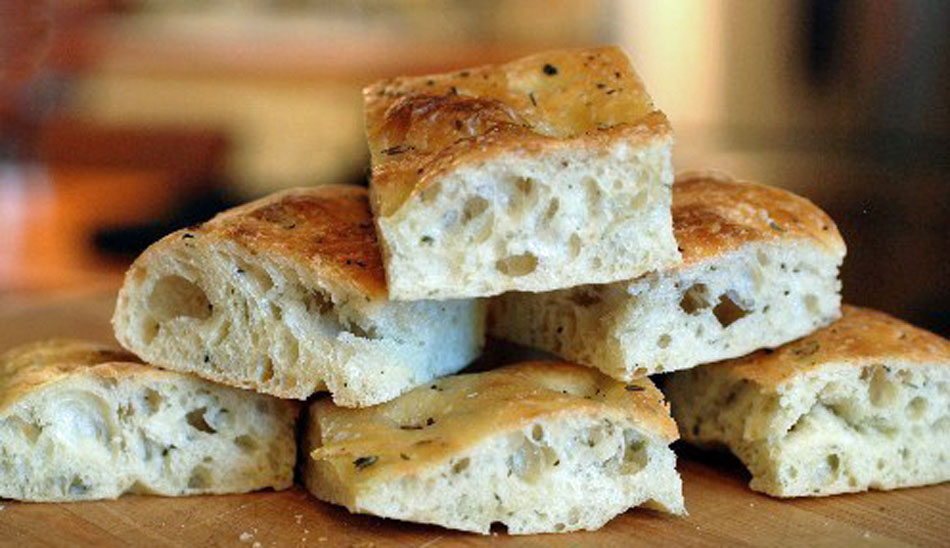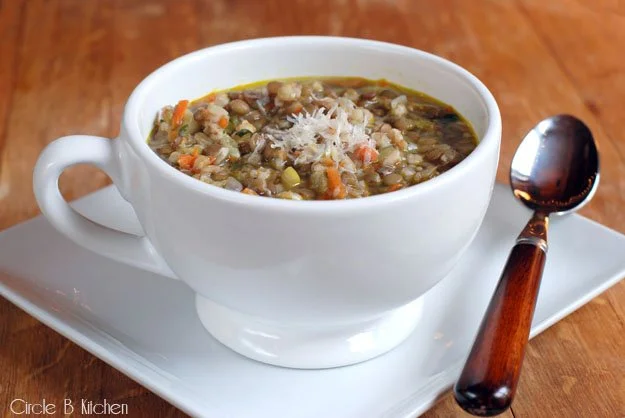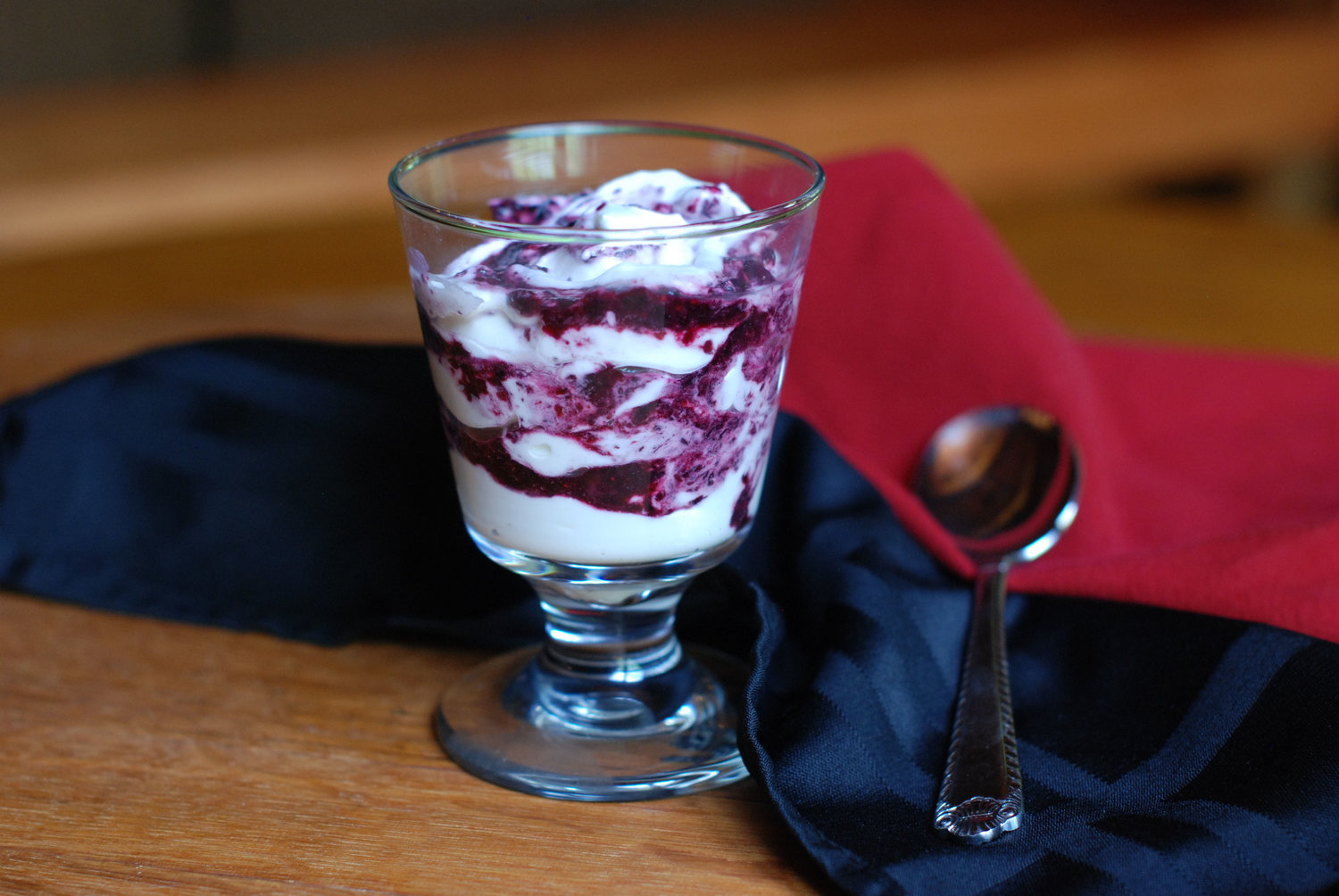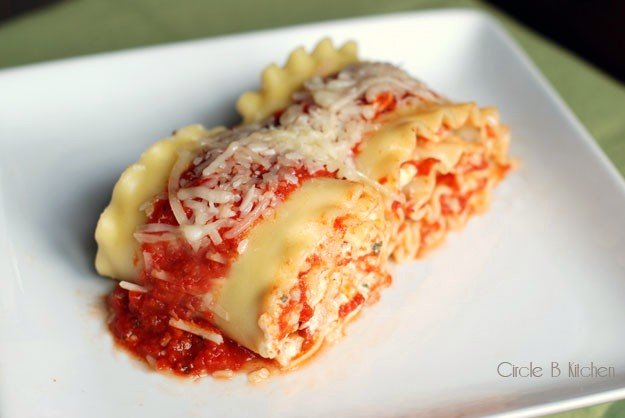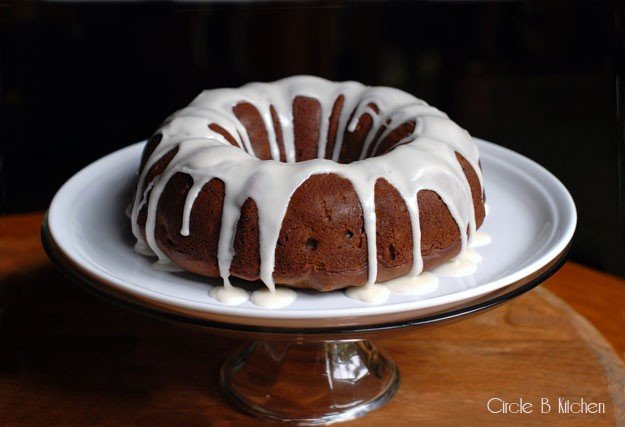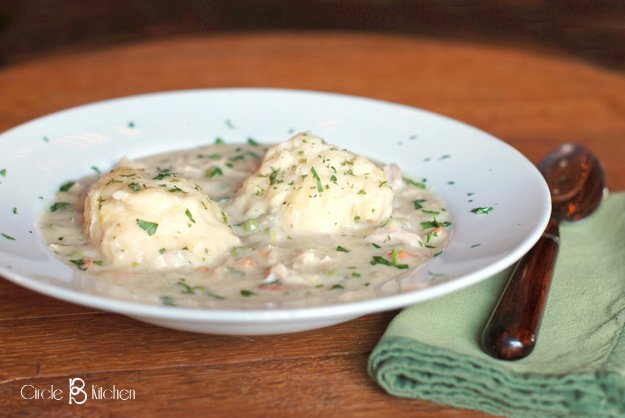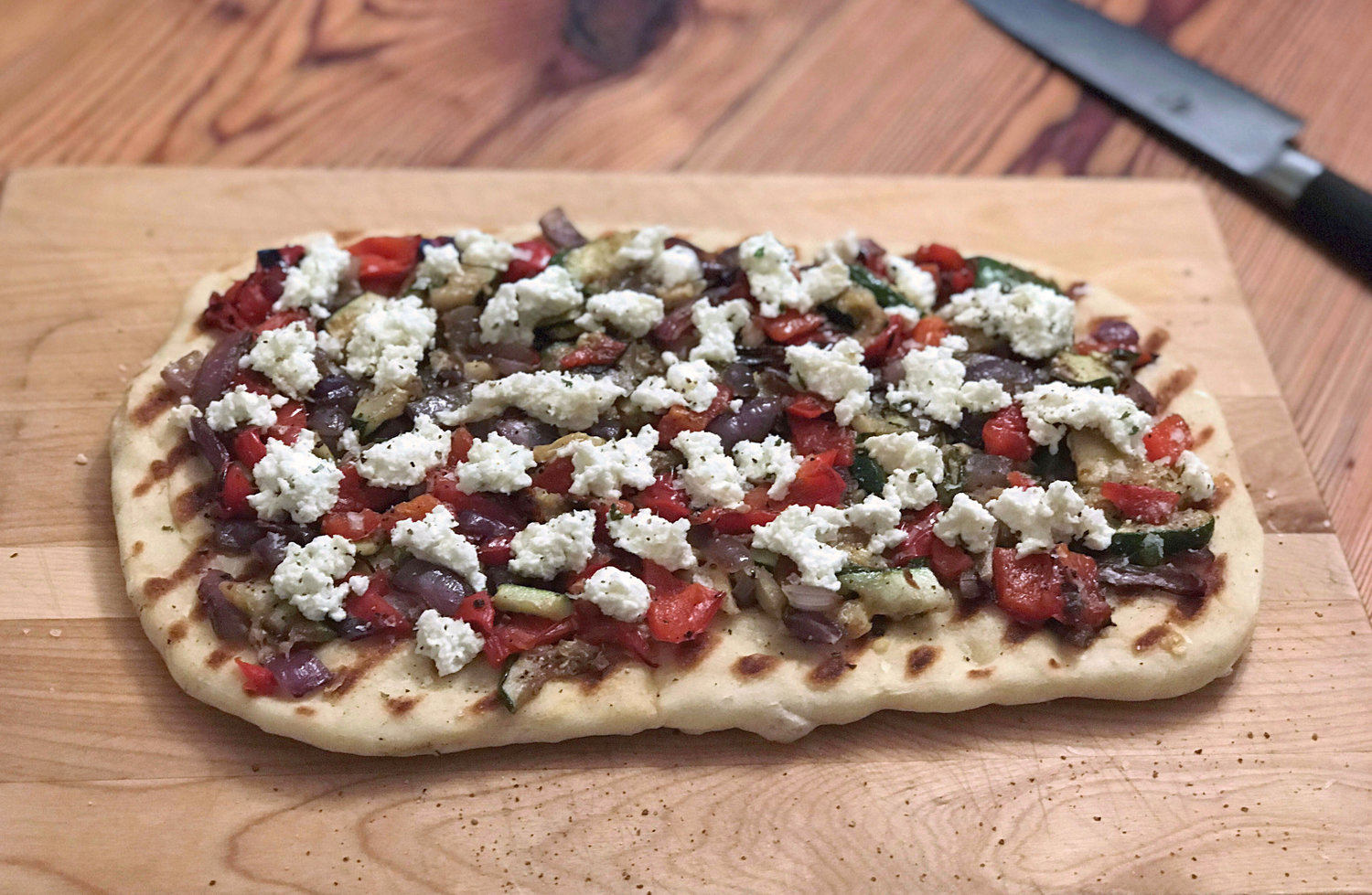Focaccia
/To say that this focaccia is near and dear to my heart is like saying I think macaroni and cheese is pretty good, or I think Hugh Jackman is nice looking… extreme understatements both. The fact of the matter is that this focaccia is my culinary baby, and it’s taken me the better part of the past year to decide if I actually wanted to blog it. I guess I do.
It all began way back in the early 90’s when Mark and I would frequent this charming little Italian restaurant in Santa Cruz, California, called Gabriella’s. As they seated you, they would bring to table the most fragrant, delicious, lovely flatbread. We’d never heard of focaccia and were completely blown away by its deliciousness. And being that it was such a rarity in those days, I knew that if I was going to have it, I was going to have to make it myself.
Which is what I did. Granted, the first few loaves were more akin to hardtack than focaccia, but undaunted, I persevered and tweaked, and through long nights of trial and error, I was able to produce something much more focaccia-like, and even, some would say, good. And several years later I was producing something that I was happy to say rivaled Gabriella’s, and now I think it might even be a little better. I say that with complete and utter humility :)
So, in my ever-so-humble opinion, there are two things that are somewhat required to make a really good loaf of focaccia. The first is a wet, sticky, ornery dough, and the second is a long, slow, lazy rise. The former will give you a light, chewy texture, and the latter will create incredible flavor.
My focaccia begins with a biga or starter that you make at least 24 hours before you make your bread, and then on baking day, once I have my dough assembled, I let it rise for several hours at room temperature or in the fridge overnight. It’s a very forgiving dough that can sit around until you’re ready to use it, and I love that it can be made ahead of time, frozen, and then baked off when you need it.
And contrary to the usual practice of squishing the dough into a sheet pan for baking (which is super delicious too), I use a baking stone and pizza peel for maxium heat to create a lovely crust and quick rise. But before baking, I douse my dough with olive oil, sprinkle with coarse sea salt or kosher salt and a light dusting of herbs d’provence.
The resulting Focaccia is light, chewy, fragrant, delicious and unbelievably addictive. If you are inclined to make this (and I hope you are), you must approach the task with confidence. Do not let this dough sense your fear. Be the boss, bring it under submission and it will happily produce for you a dreamy loaf of outrageous deliciousness.
And then you can make these little caprese sandwiches! Just cut the loaf into little squares and then slice those in half and layer a slice of tomato, some fresh basil leaves and a slice of fresh mozzarella. Salt and pepper generously and then heat them a little if you want your cheese all melty. Irresistible and ever so fun. But first you've got to make your bread; here's the recipe...
Focaccia
Click here for a printable recipe
Starter
1 1/4 cups unbleached all purpose
Almost a teaspoon active dry yeast
Almost a cup of lukewarm water (95°F to 100°F)
Dough
Almost ½ cup warm water (105°F to 115°F)
2 teaspoons dry yeast
1/2 cup warm water
1/4 cup olive oil
5 teaspoons coarse sea salt or kosher salt, divided
3 tablespoons milk
3 1/3 cups bread flour
2 tsp herbs d’ provence
Make starter: Mix flour and yeast Using wooden spoon, stir in the water; beat until smooth soft dough forms, about 3 minutes. Scrape down sides of bowl. Cover with plastic and leave out for 24 hours before making focaccia.
Make dough: Mix warm water and yeast in large bowl. Let stand 5 minutes. Add starter and the ½ cup water and mix 1 minute (mixture will look milky and foamy). Add in the oil, 4 teaspoons of the salt, the herbs d' provence and the milk. Add the flour, about 1 cup at a time, mixing until very soft sticky dough forms. Knead by machine for a few minutes. Remove from bowl. Knead gently on floured surface for a couple more minutes, sprinkling with just enough flour to make it manageable. I use a dough scraper to gather the dough before each knead and try to use as little flour as I can in the process.
Oil a large bowl. Add the dough; turn to coat and cover with plastic wrap. Let dough rise for 2 hours. Punch down gently, cover; let rise for another hour. Alternately, the dough can rise overnight in the refrigerator.
Knead dough gently on floured surface until supple and elastic, sprinkling with flour to prevent sticking, about 5 minutes. Let rest for 15 to 20 minutes, covered with towel. Push dough out to 12-inch square or rectangle.
Position rack in bottom third of oven; preheat to 425°F. Lightly spray sheet pan and place dough on pan. Without deflating dough, gently stretch and push dough to desired size. Cover and let rise for 15-20 minutes and then indent dough with fingertips in several places. Drizzle with olive oil, dried herbs d’provence and remaining salt. Bake for 15 to 20 minutes or until puffed and nicely browned. Let cool briefly before cutting.
Alternately, I like to heat a baking stone for 45 minutes to an hour in the oven before baking. Then I place a piece of parchment paper on a pizza peel, stretch the dough to a rectangle and transfer to the parchment-covered peel. Cut off the excess parchment paper and then continue with the above instructions, sliding the focaccia onto the baking stone to cook. This creates a really nice crust on the bread.
Note: if making ahead, take the dough when it is finished rising the second time, and divide it in half. Spray with cooking oil and wrap in plastic wrap. Place your wrapped dough in a ziploc bag and freeze. When ready to bake it off, bring to room temperature, stretch to desired size and let rise briefly before continuing with recipe.

